Minimalist Lookbook | Minimalist Interior Decoration | Minimalist Architecture
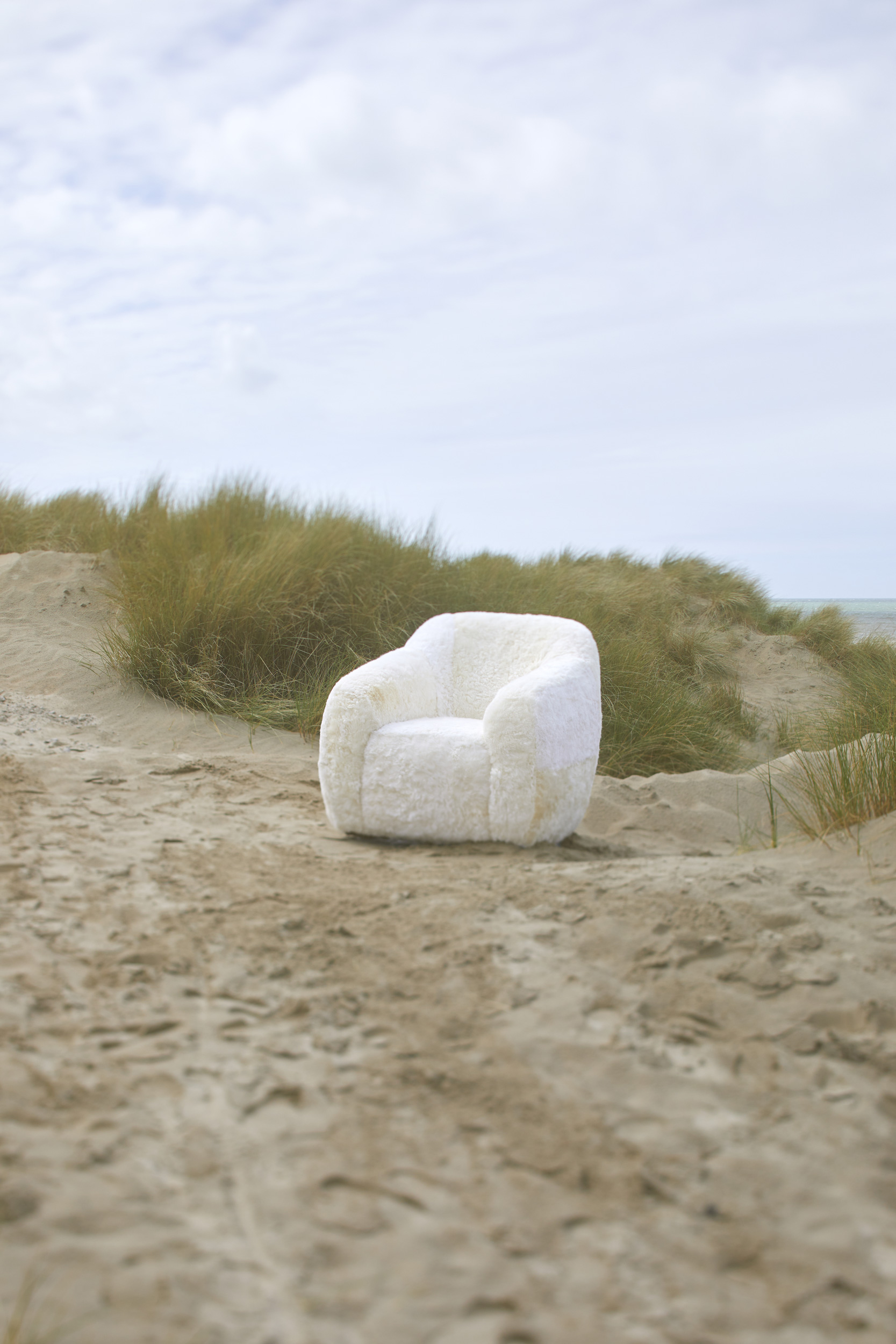
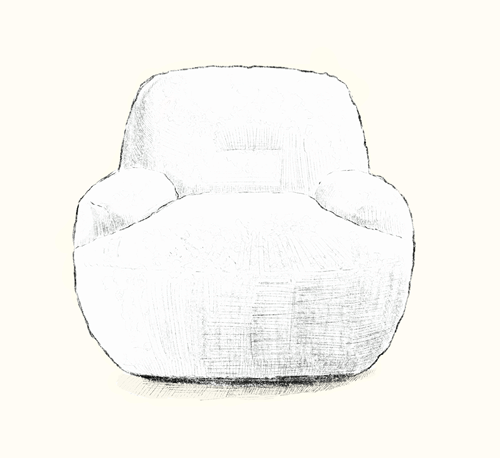

In a world saturated with images, noise, and information, minimalism emerges as a breath of purity and clarity. This movement, which spans art, design, fashion, and architecture, is based on a simple yet powerful idea: the essential is enough. Let's explore the essence of minimalist art and its influence on contemporary design.
The minimalist movement, as we know it today, emerged in the 1960s in the United States. It developed as a reaction to abstract expressionism, which then dominated the art scene with its fragmented forms and raw emotions. Minimalist artists such as Donald Judd, Dan Flavin, and Frank Stella opted for a stripped-down approach: simple geometric shapes, muted colors, industrial materials, and the absence of any superfluous effect.
The central idea of minimalist art is to strip the artwork of all subjectivity or representation, highlighting its pure presence and relationship with the surrounding space. The viewer is no longer confronted with a narrative or explicit emotion but with an immersive and direct experience.
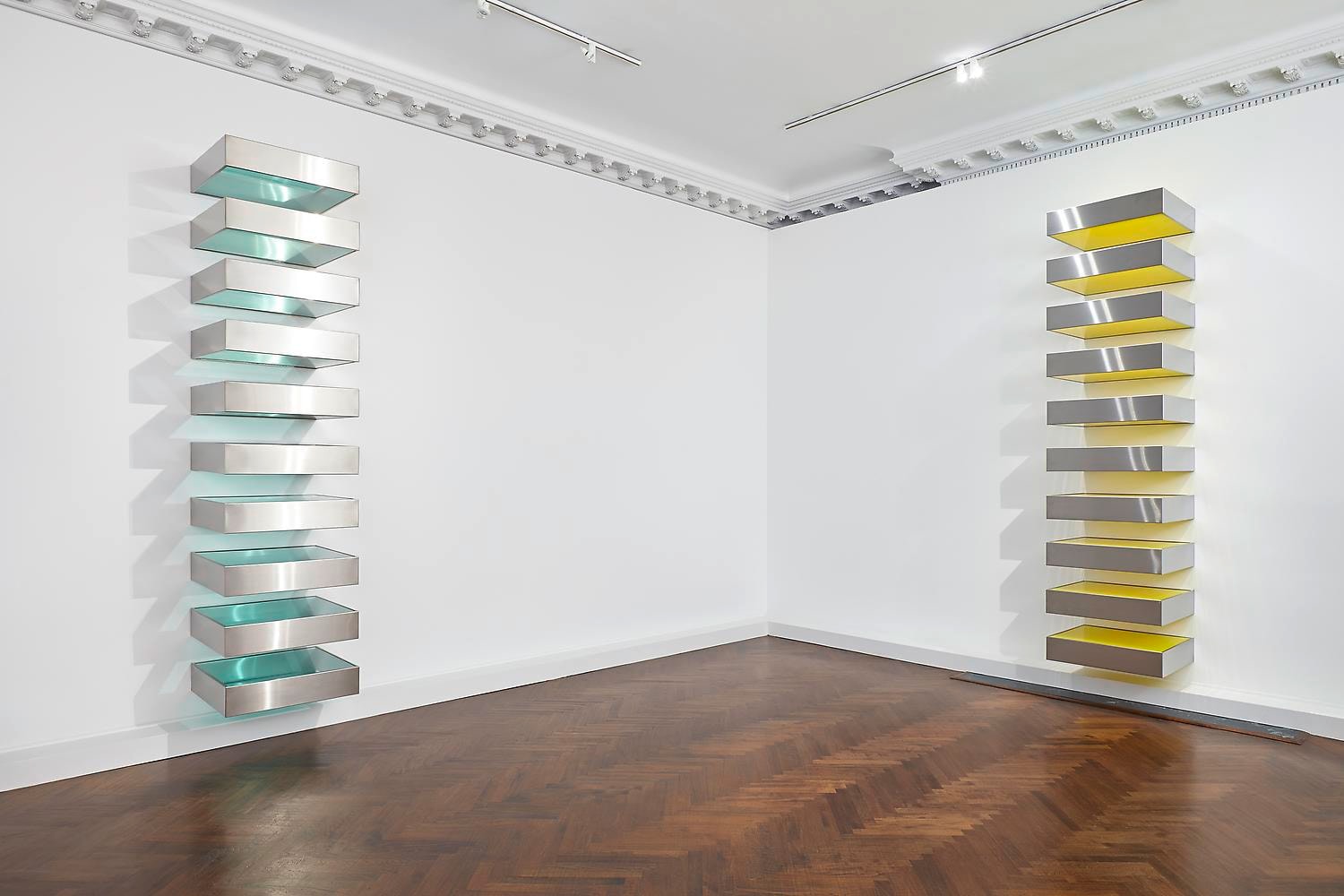
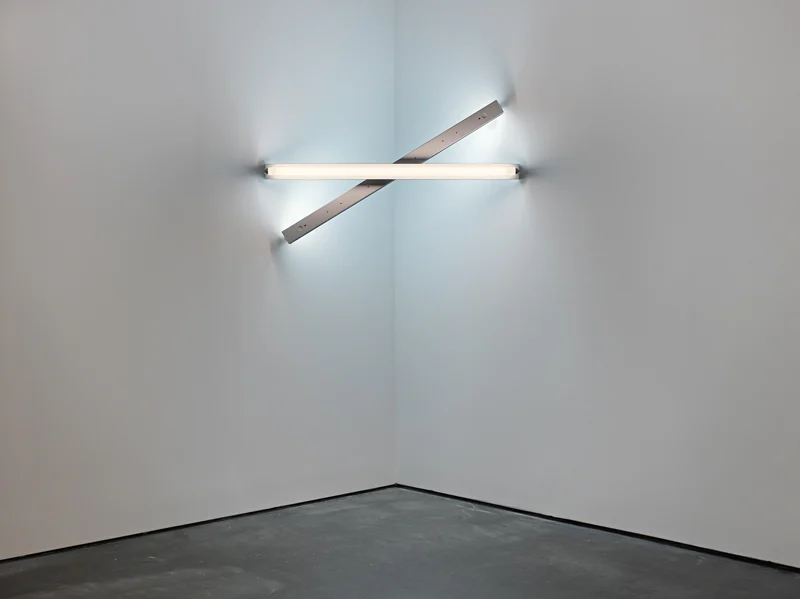
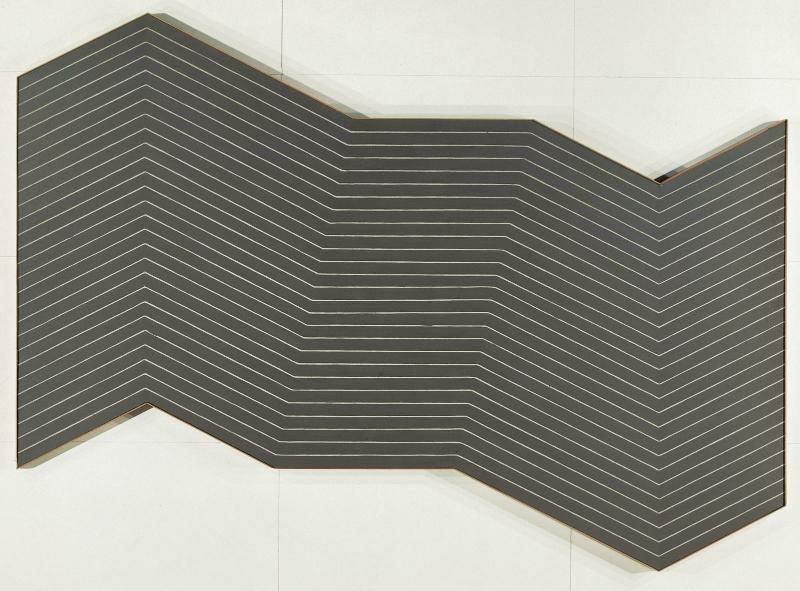
This abstract movement is partly derived from Modernism and draws inspiration from the Bauhaus. Architect Mies Van der Rohe, an emblematic figure of this movement, proclaimed "less is more." Minimalist artists embrace stripped-down geometric shapes and a color palette that is often monochromatic. Extreme sobriety and economy of means are prioritized, excluding any superfluous ornamentation. The term "Minimal Art" first appeared in 1965 under the pen of philosopher Richard Wollheim, though many artists of the movement rejected it for being too reductive.
White plays a fundamental role in minimalist aesthetics, whether in art, architecture, or design. More than just a color, it becomes a structuring element that creates a bright and calming atmosphere. It enhances shapes and textures, offering neutrality that highlights every detail.
In minimalist interiors, white maximizes the reflection of natural light, creating a sense of space and purity. It fosters a feeling of calm and order, eliminating unnecessary visual distractions. By creating visual unity, white strengthens the harmony and fluidity of spaces while emphasizing natural materials such as wood, stone, or glass.
Far from being an absence of color, white is an essential foundation of the minimalist language, symbolizing simplicity, light, and the quest for the essential.
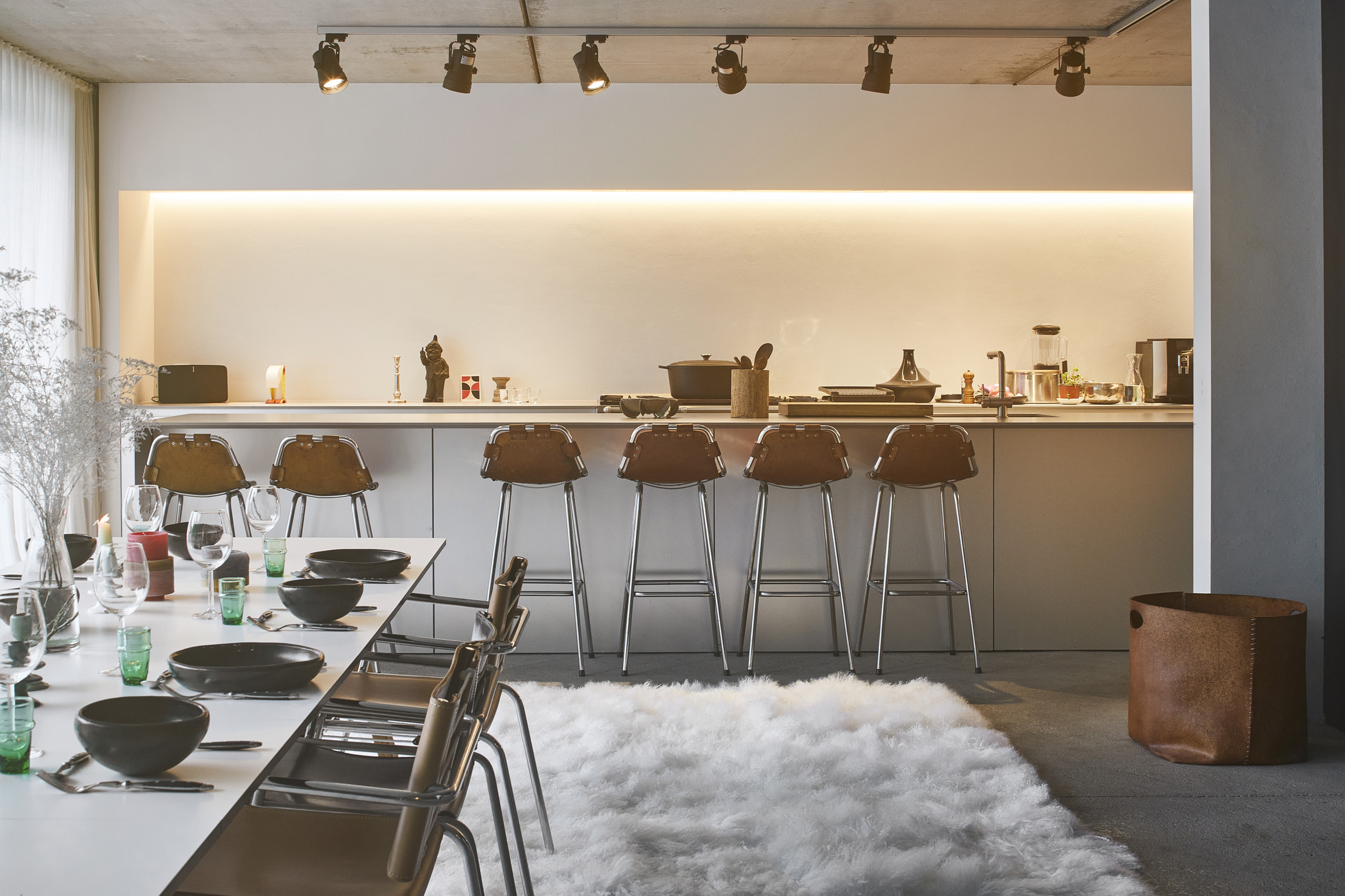
Norki perfectly embodies the principles of minimalism in interior design. The brand follows an approach where a single color and a single material are enough to create decorative objects with a unique character. Its iconic pieces, such as the Portobello poufs, the Bao armchair, and the Christiania rug, are perfect examples of this philosophy. Made exclusively from sheepskin, these objects illustrate a material-focused minimalism where touch and texture take precedence over ornamentation.
At Norki, minimalism is not just an aesthetic choice but a holistic approach aimed at enhancing raw materials and creating timeless pieces that transcend trends. This philosophy aligns with a quest for authenticity and quality, where every detail matters to offer a unique sensory experience.